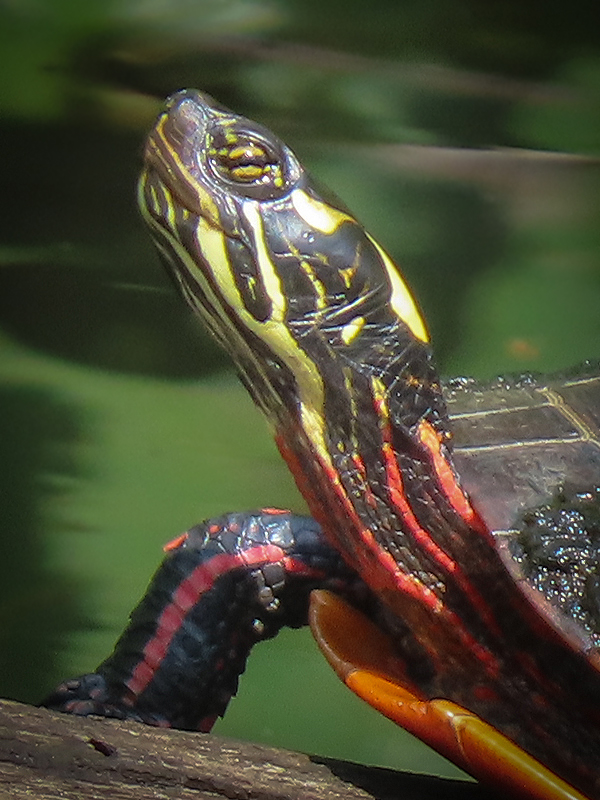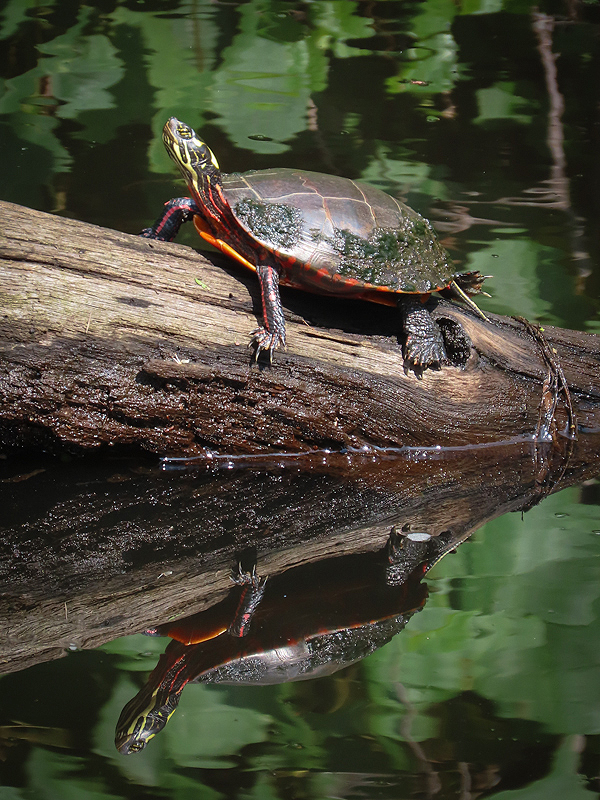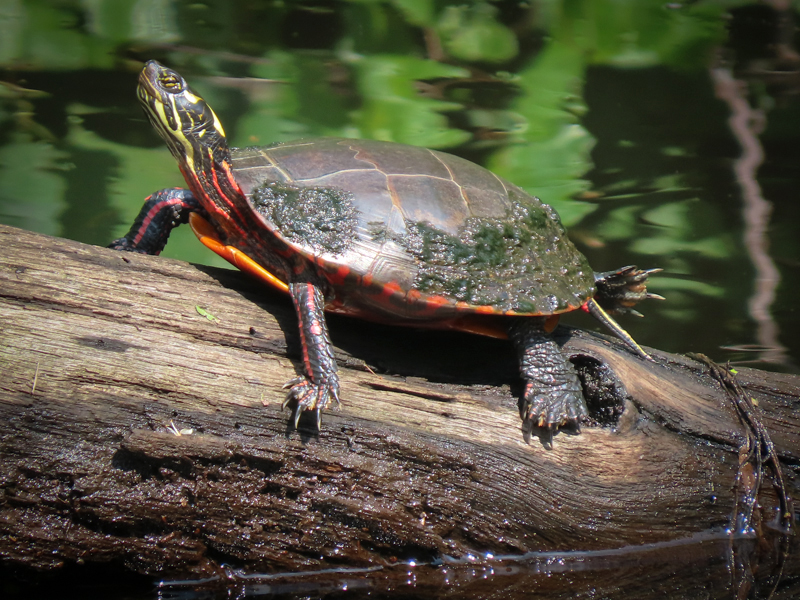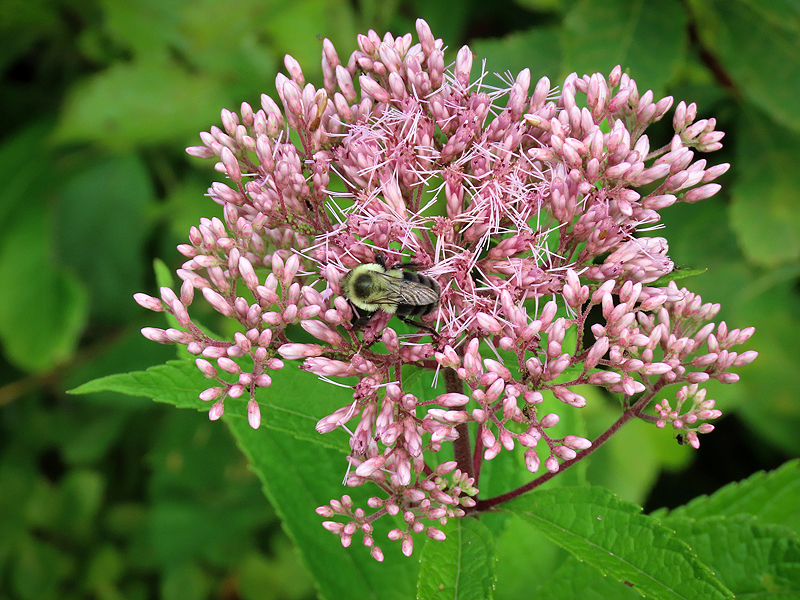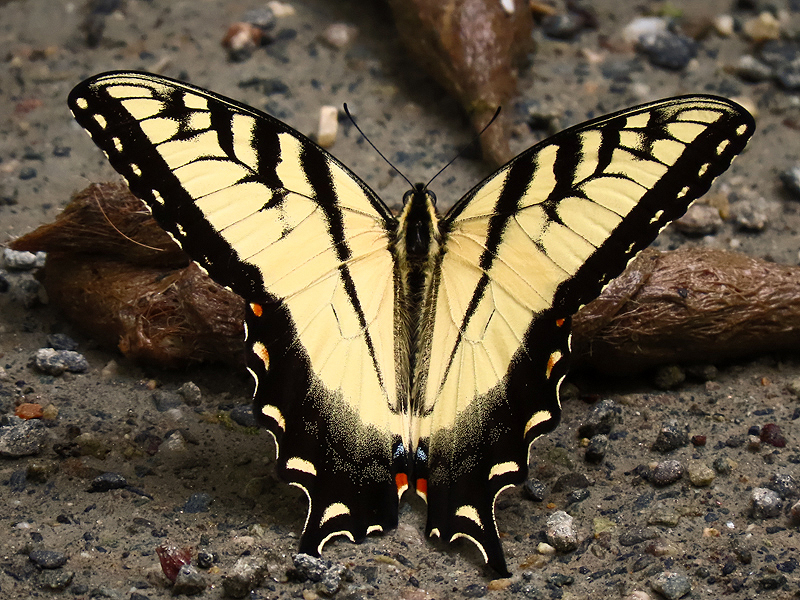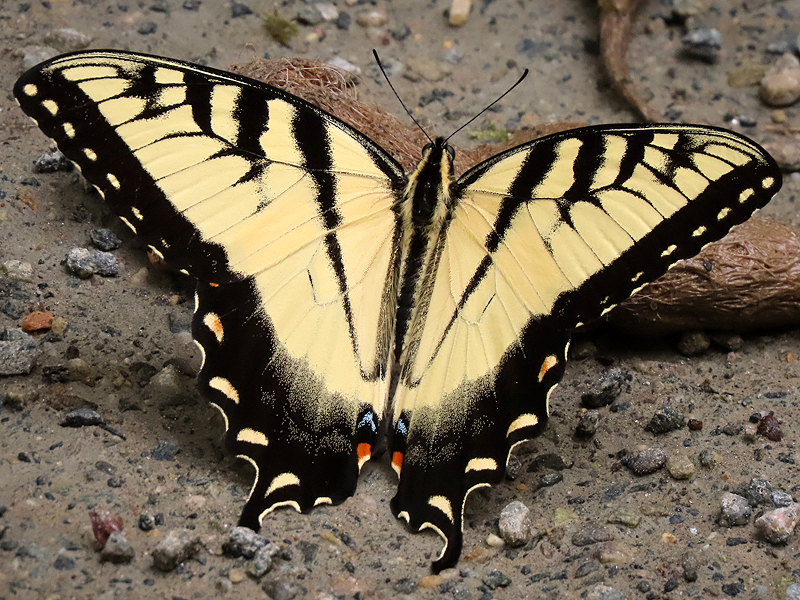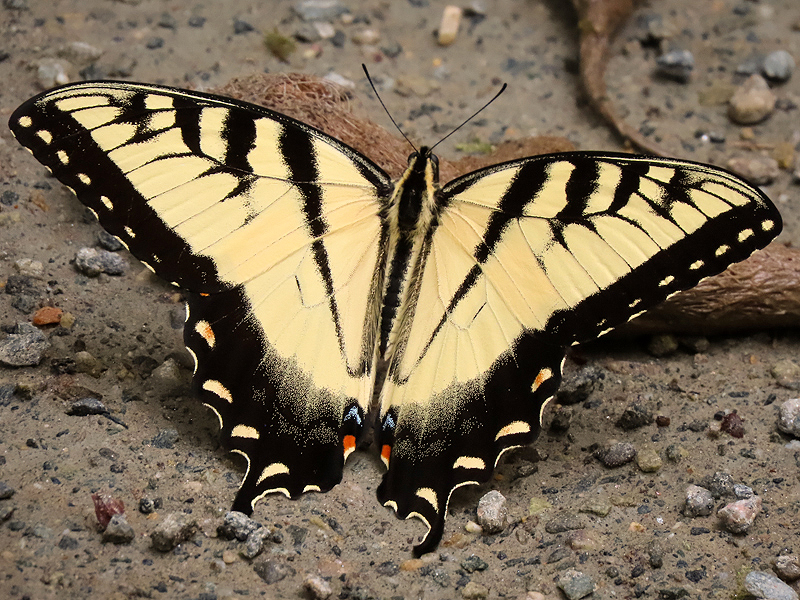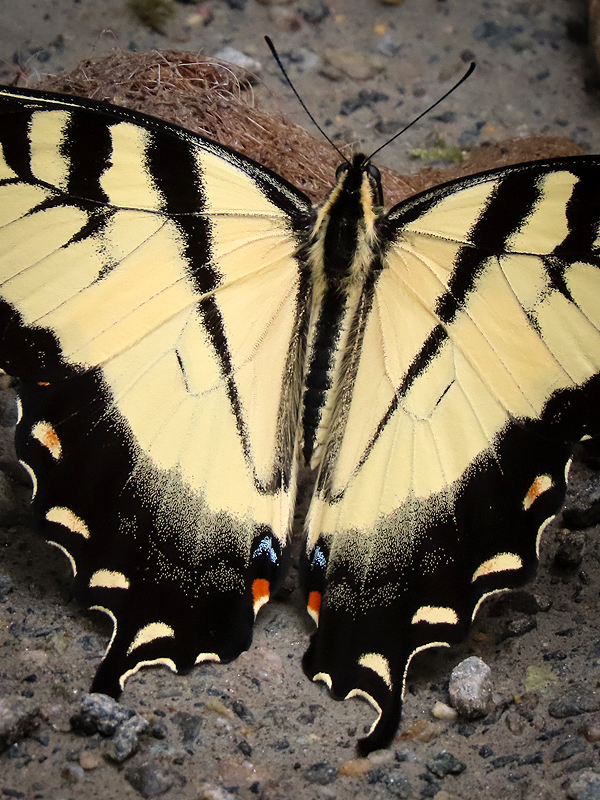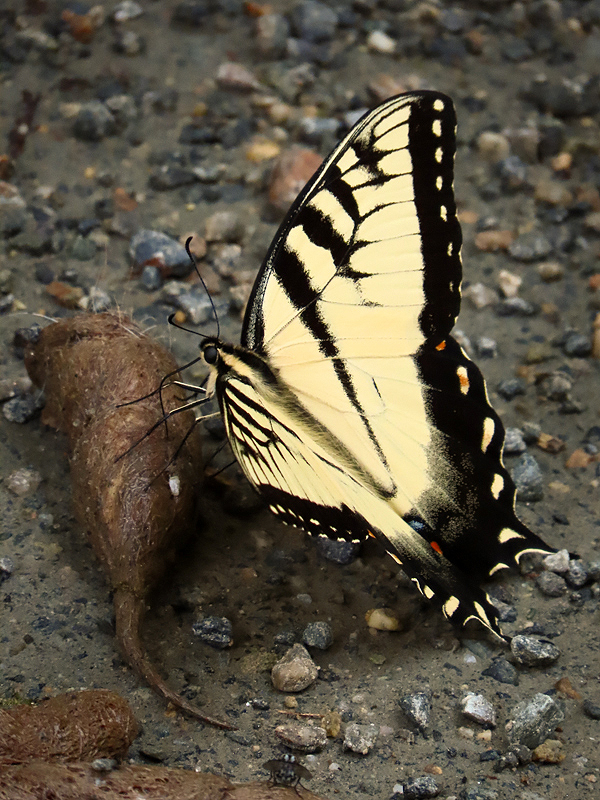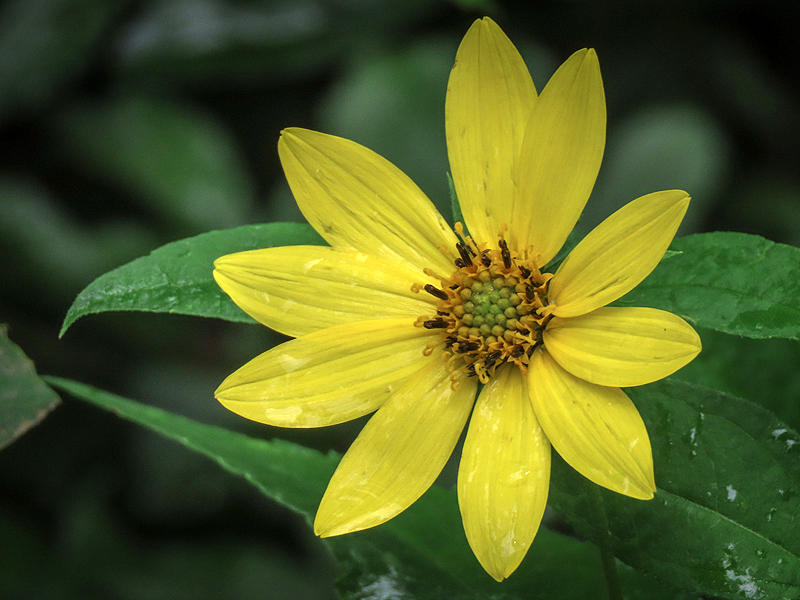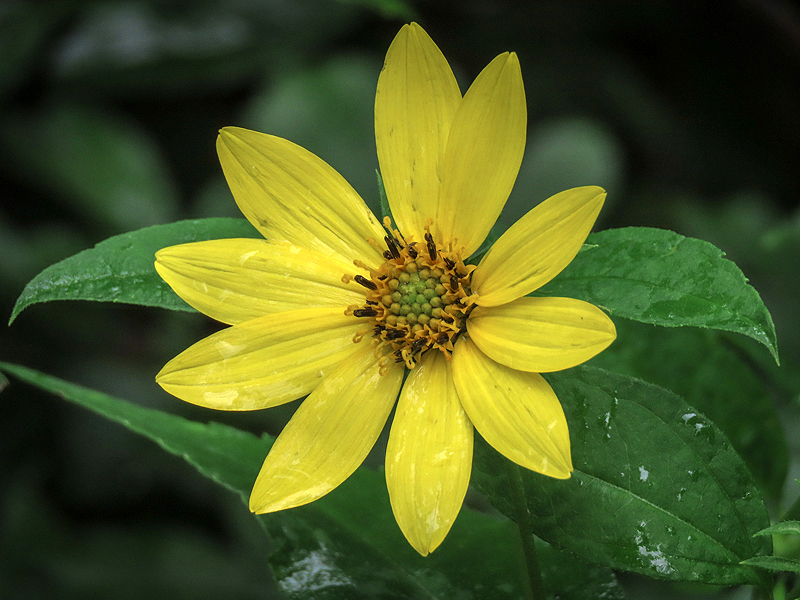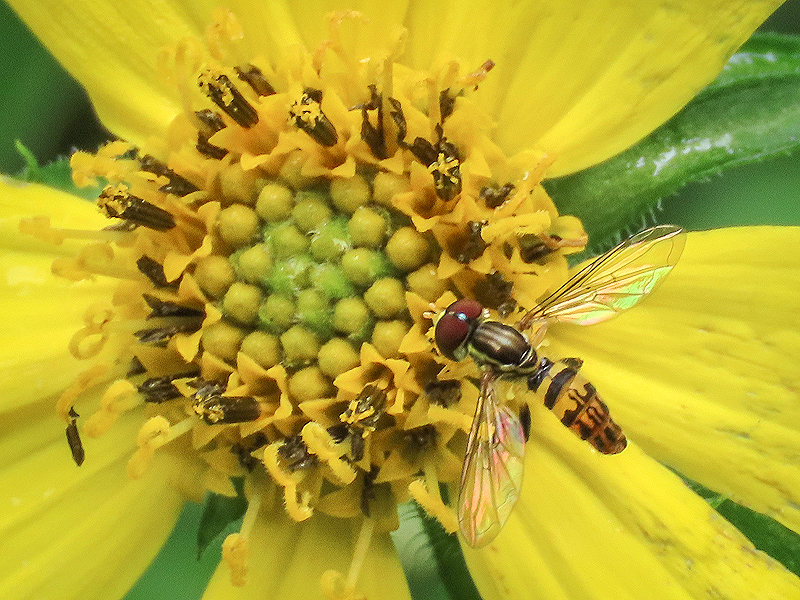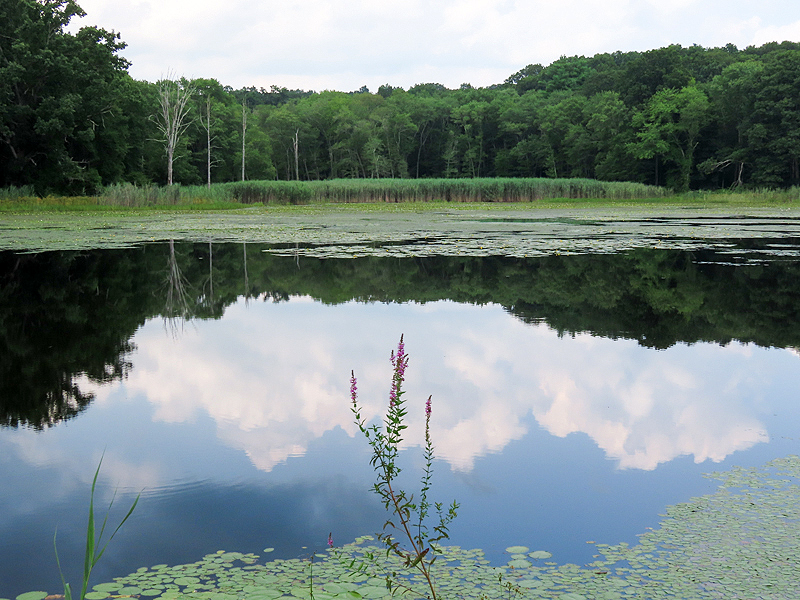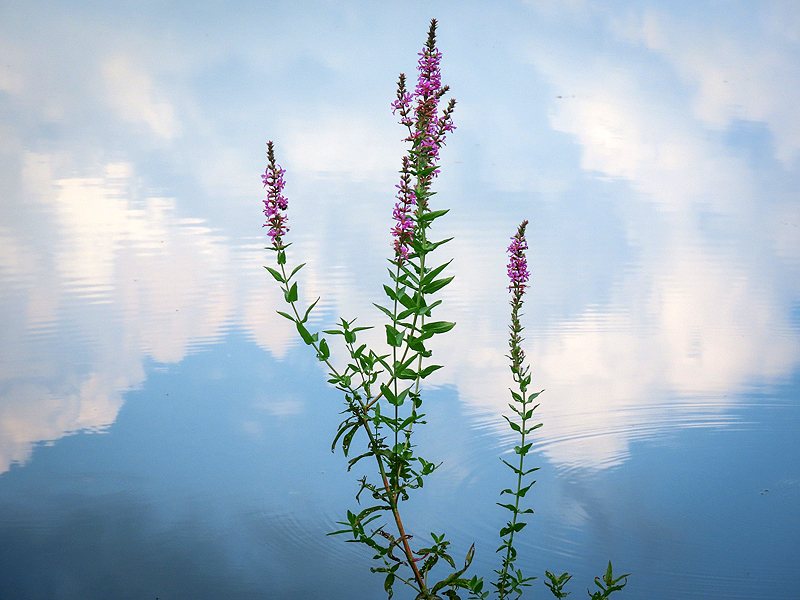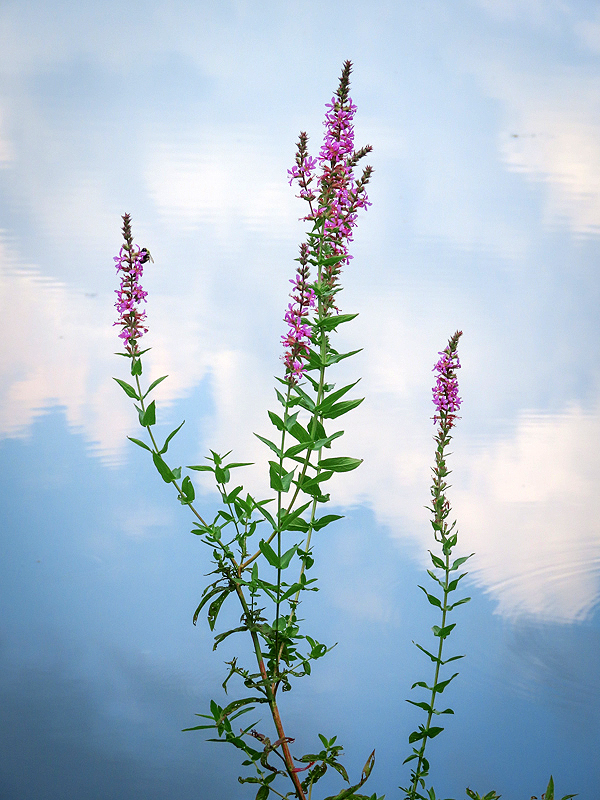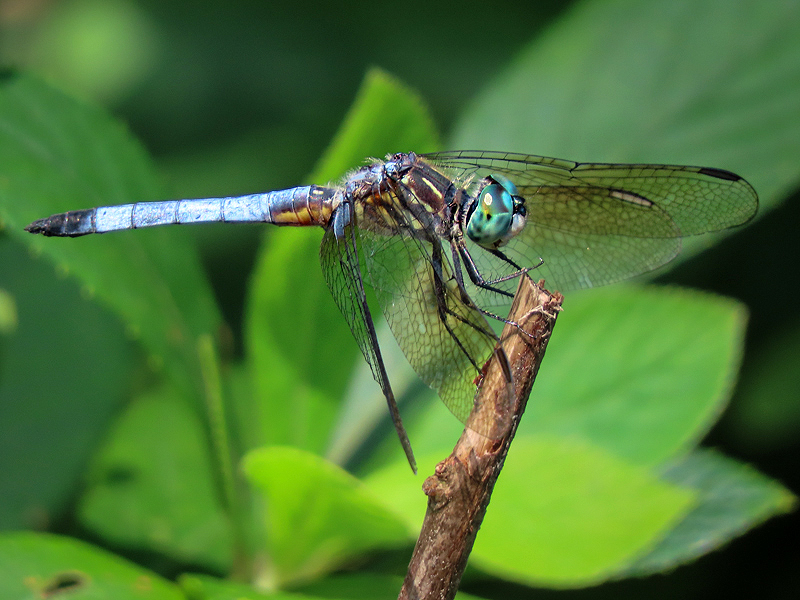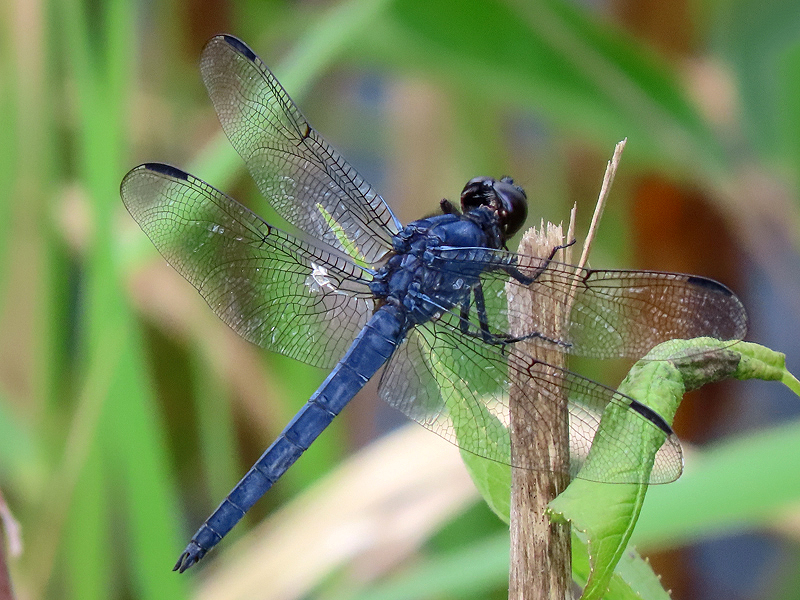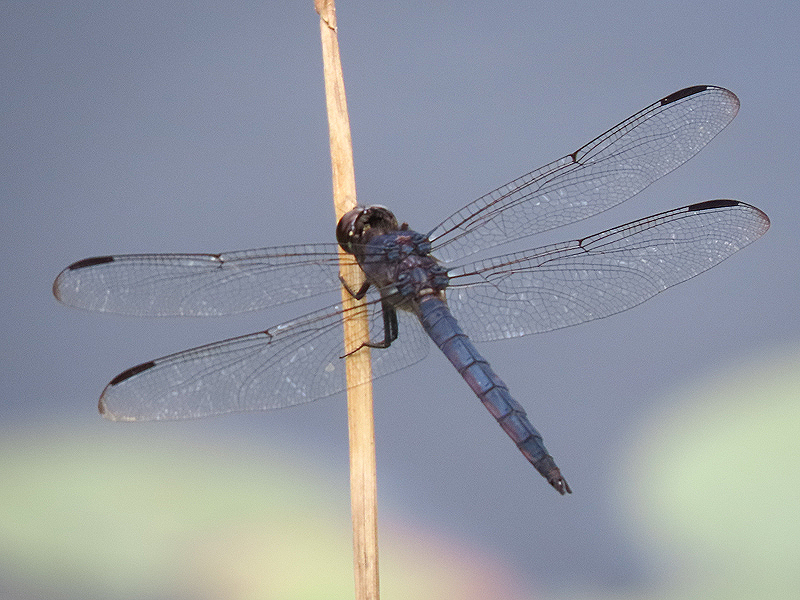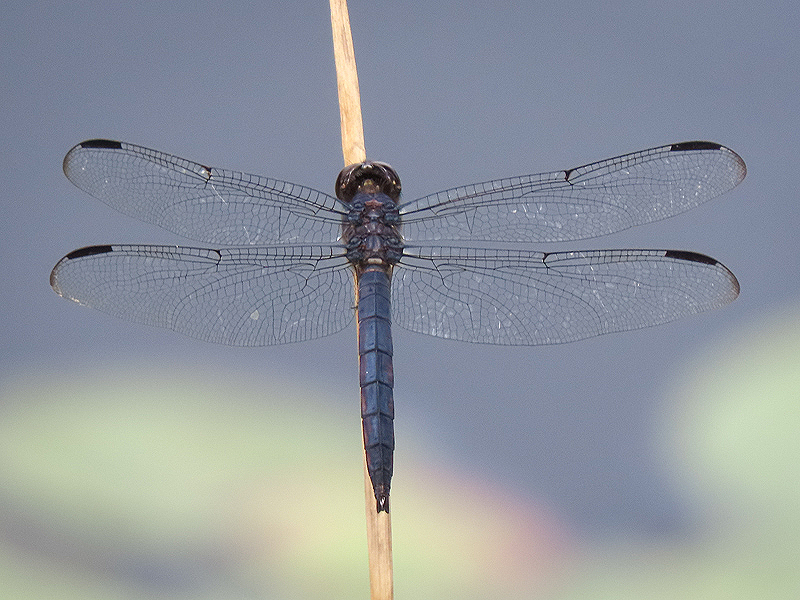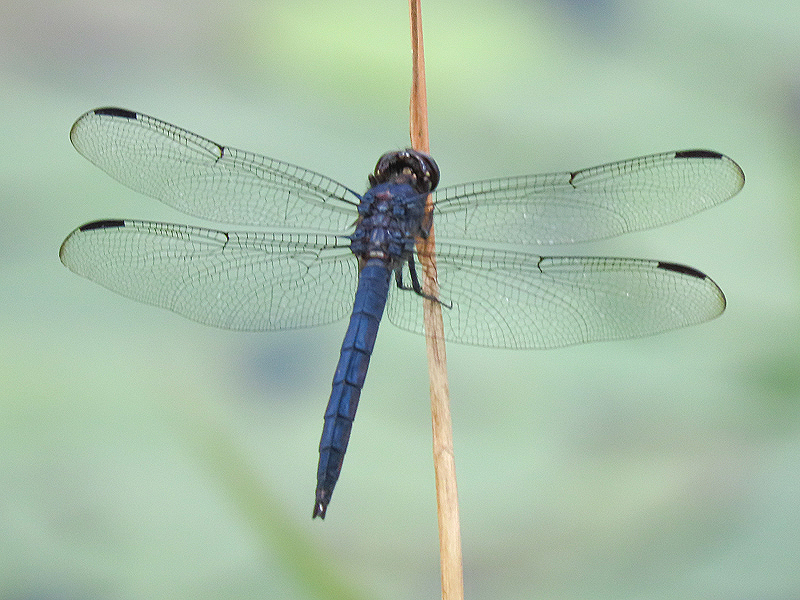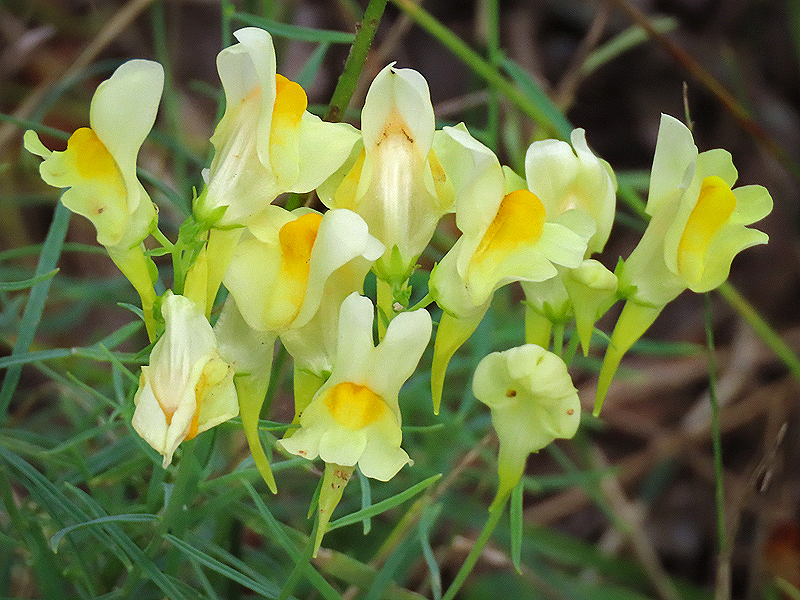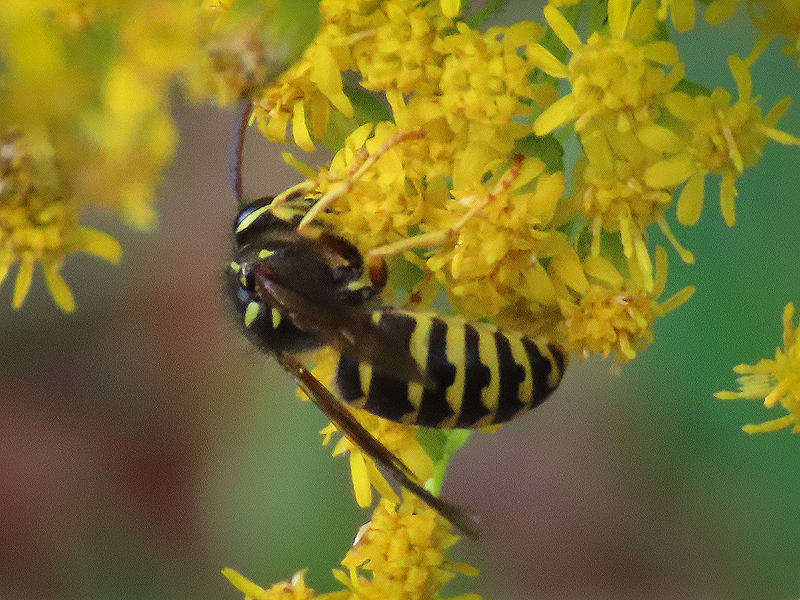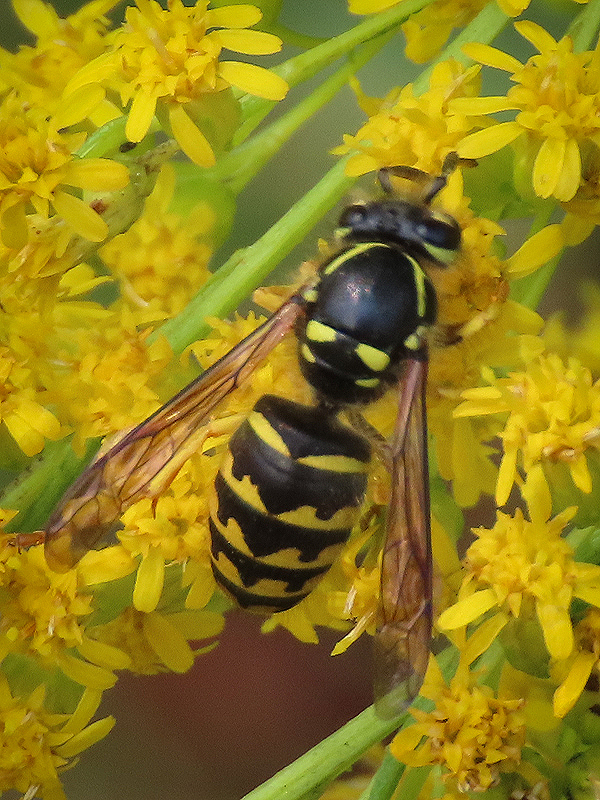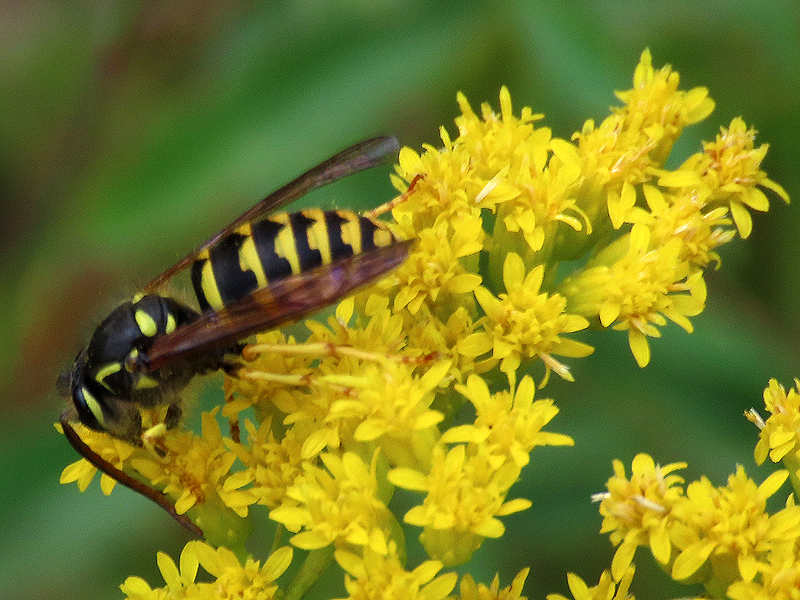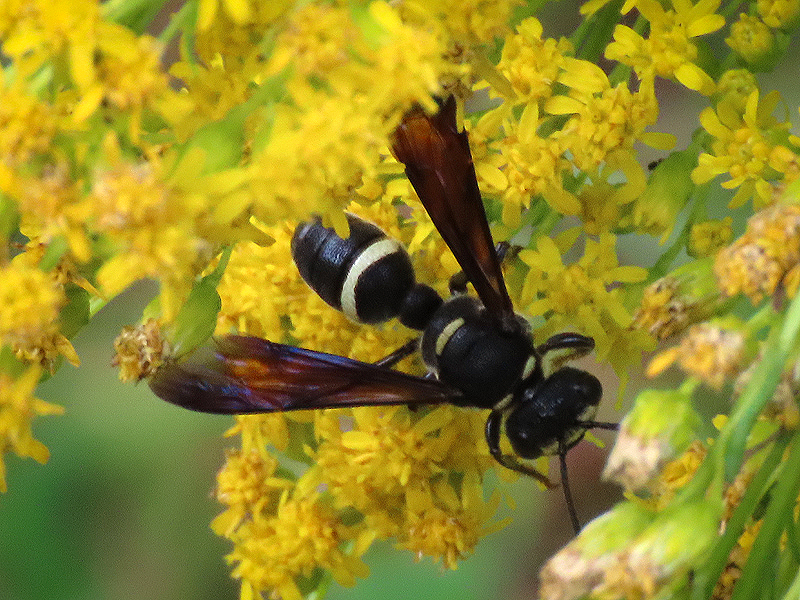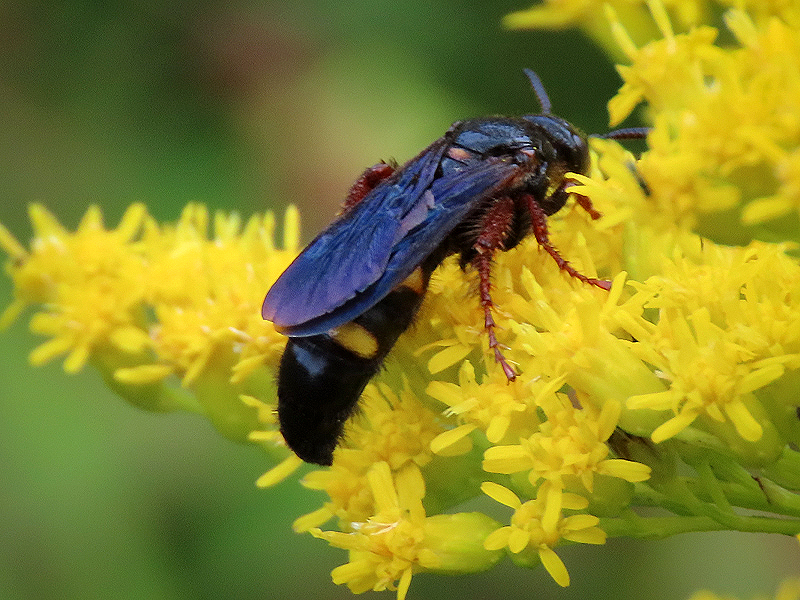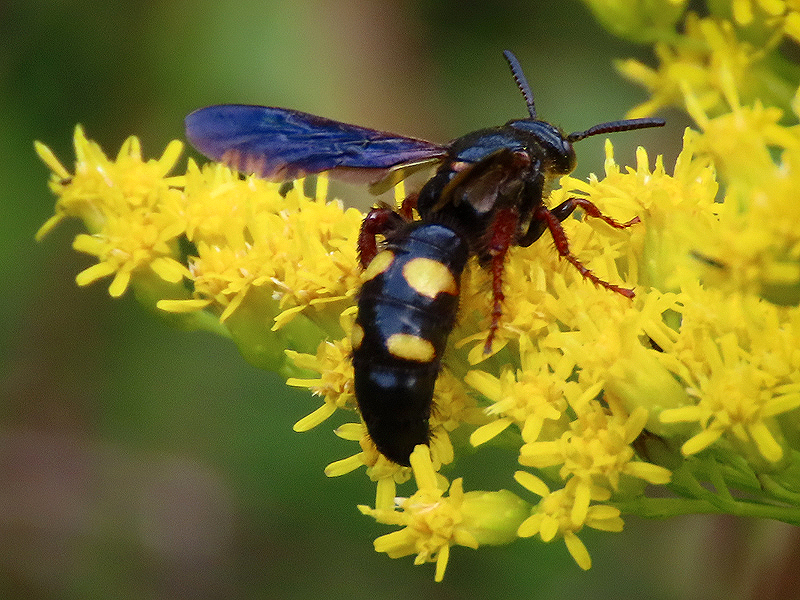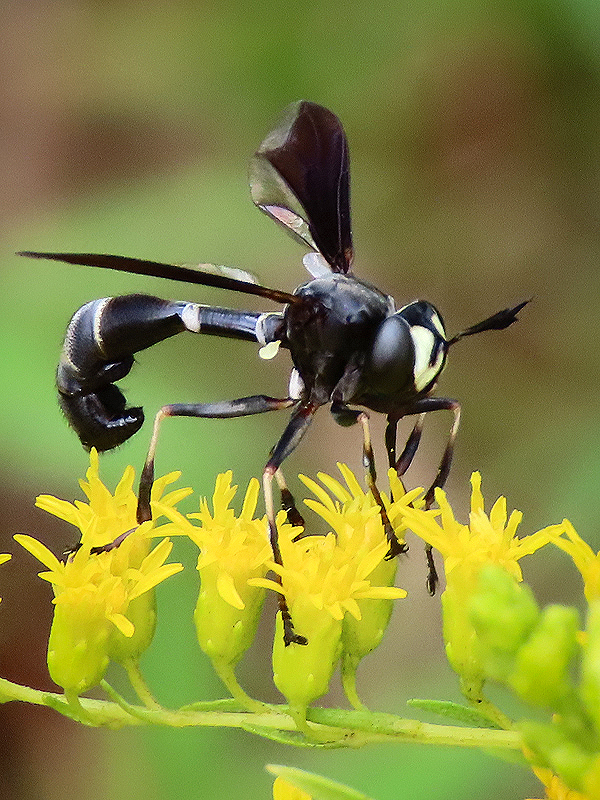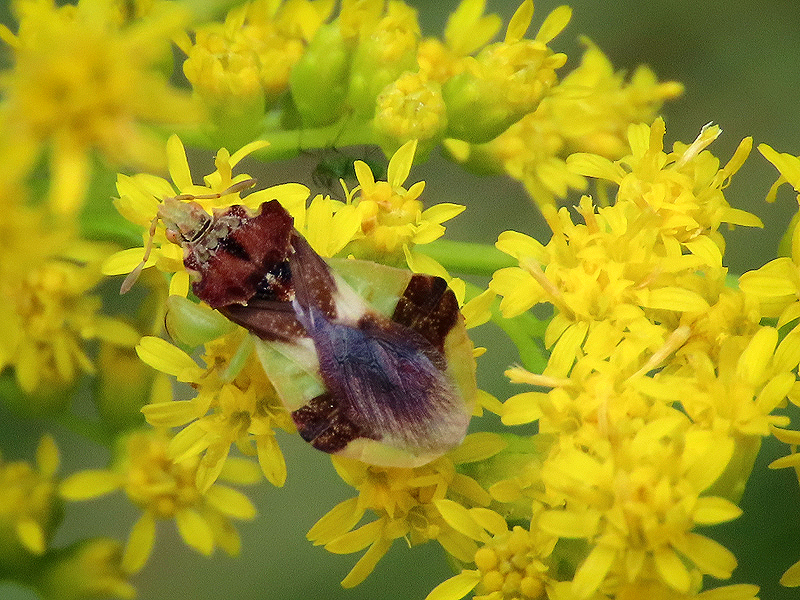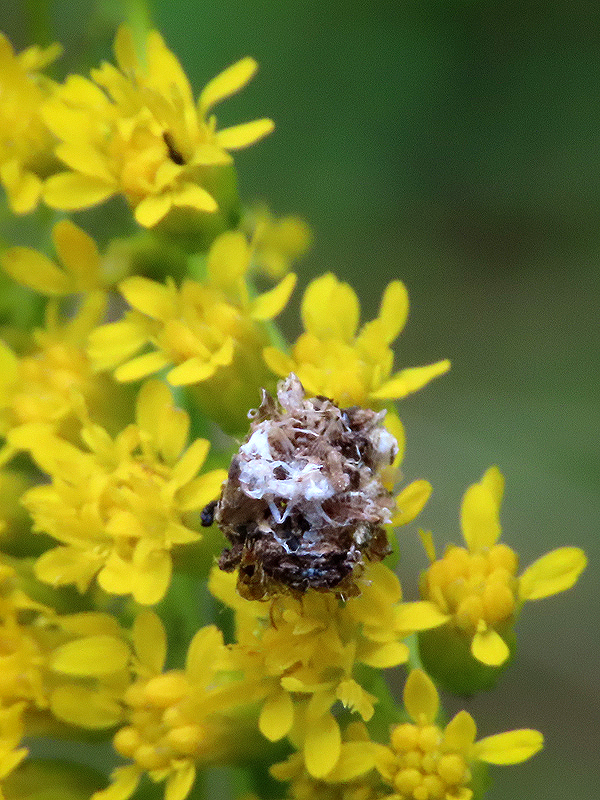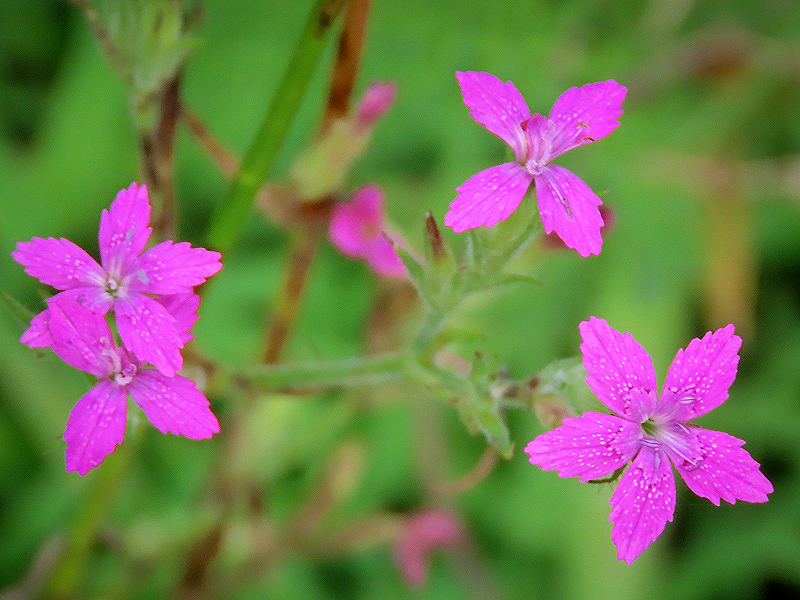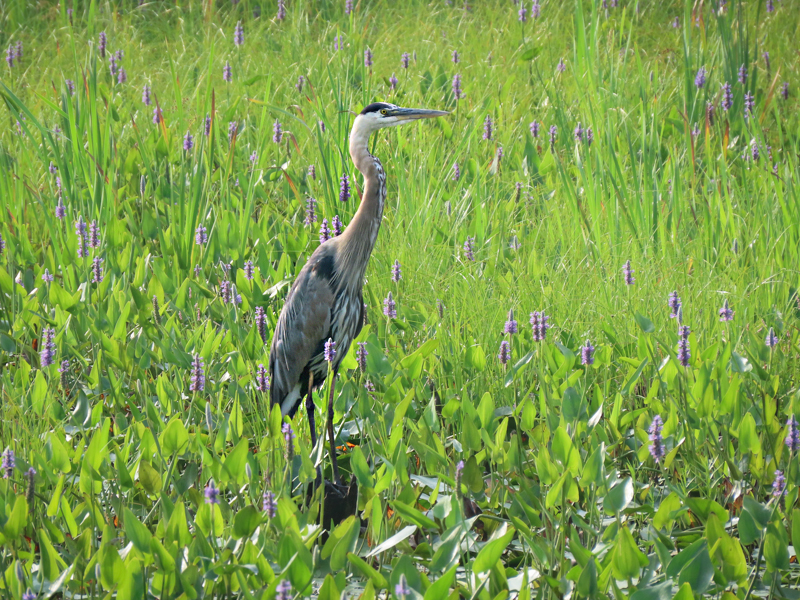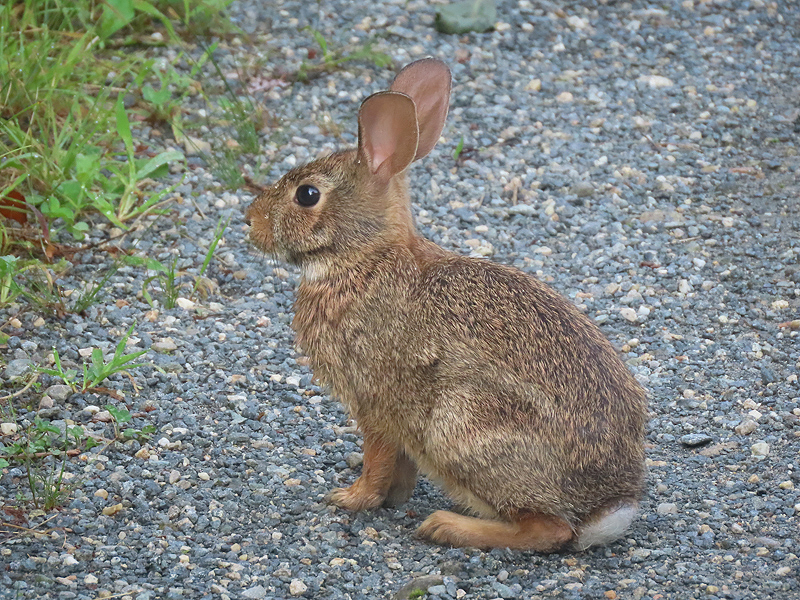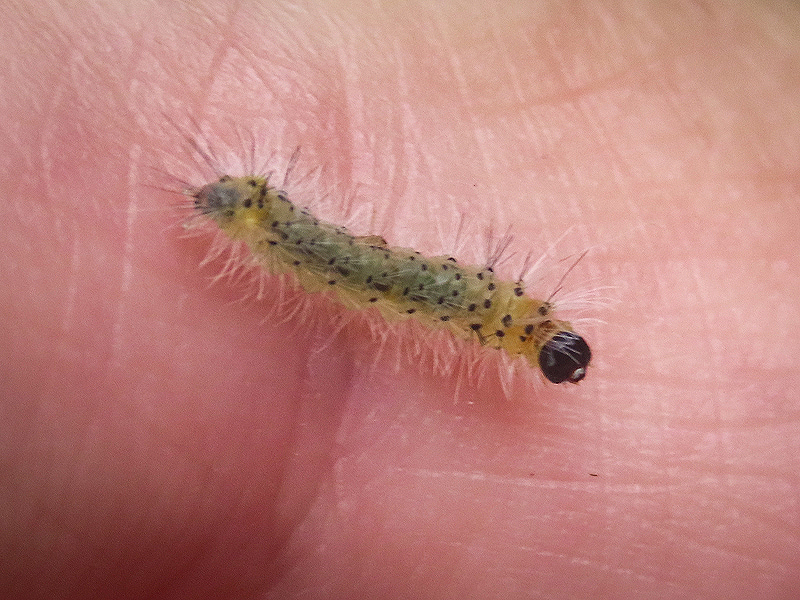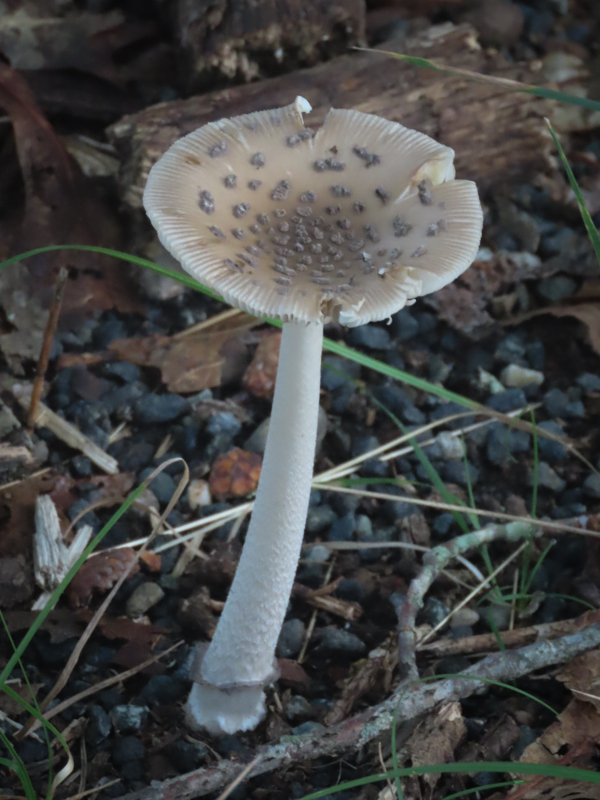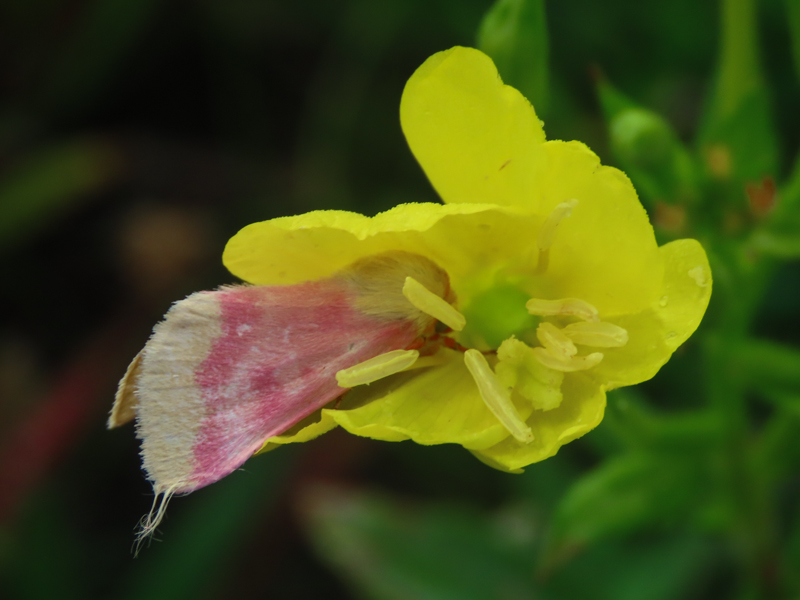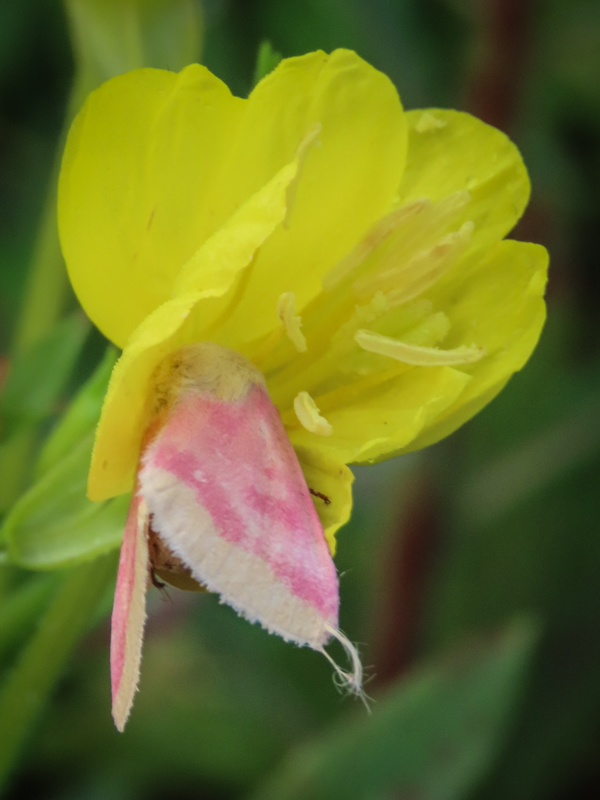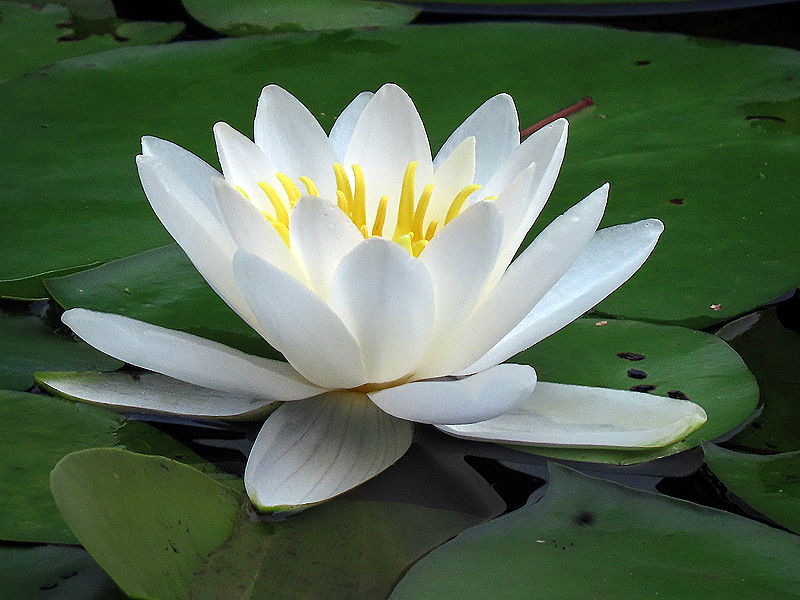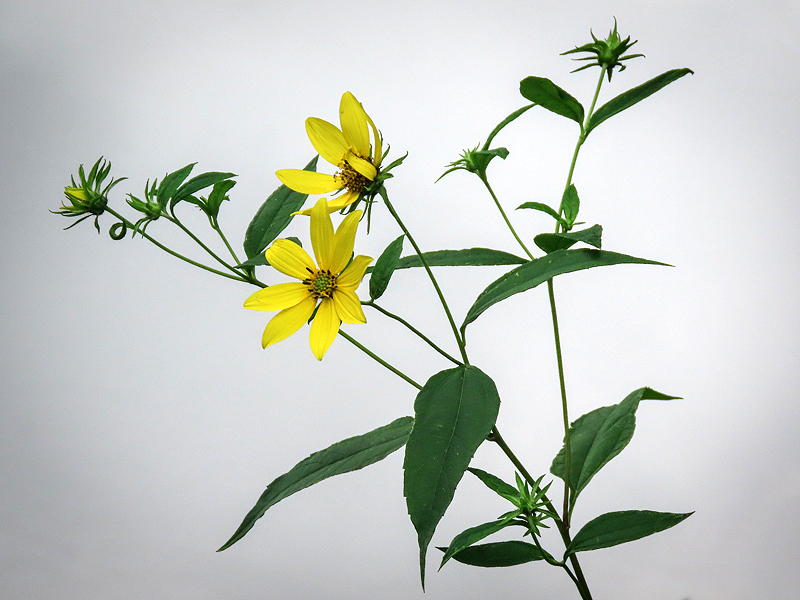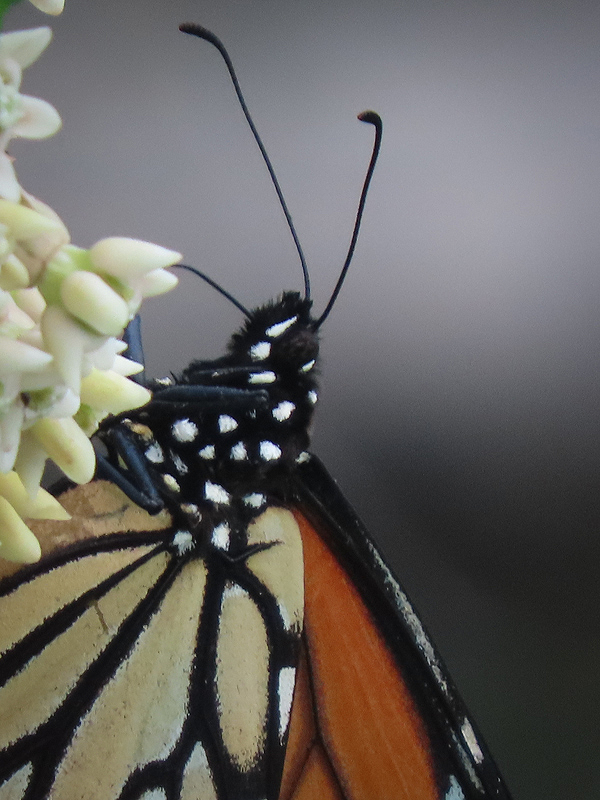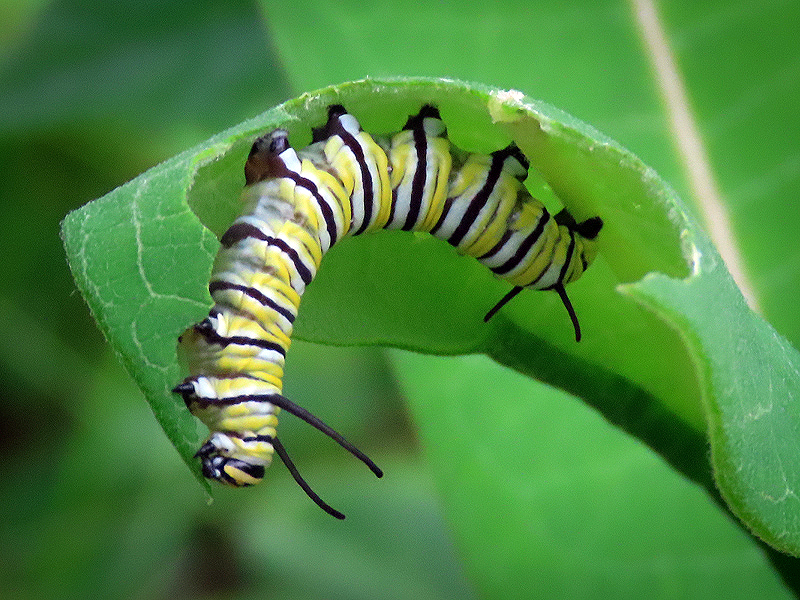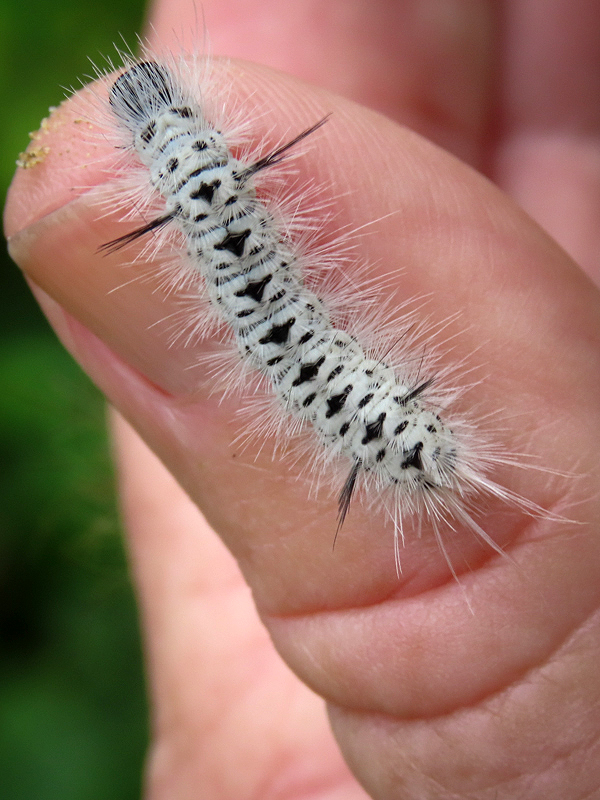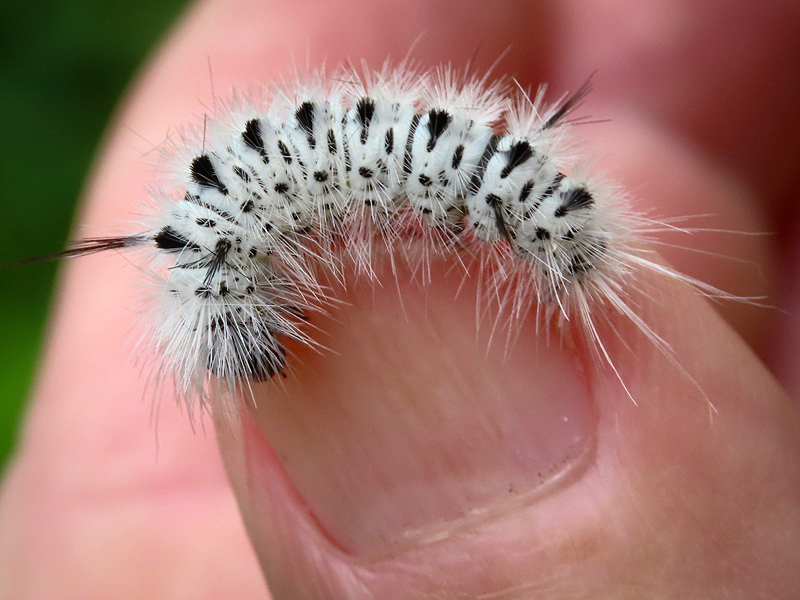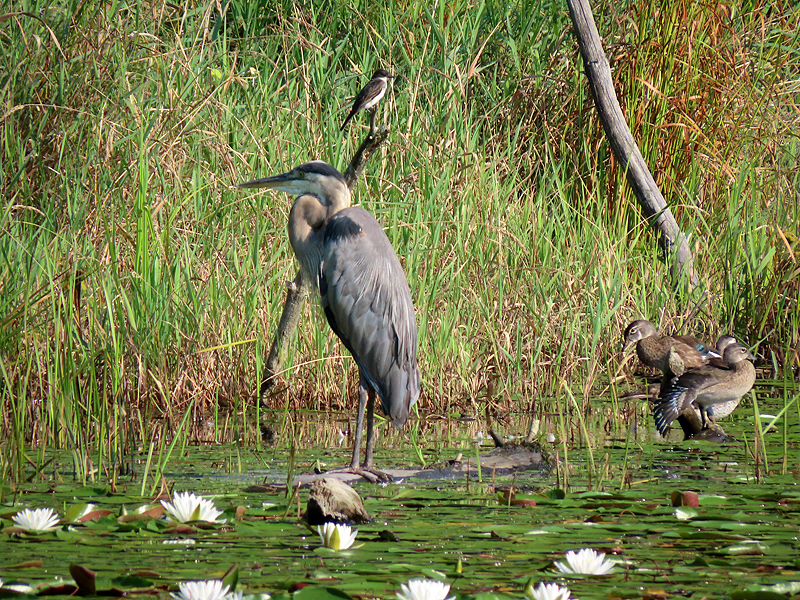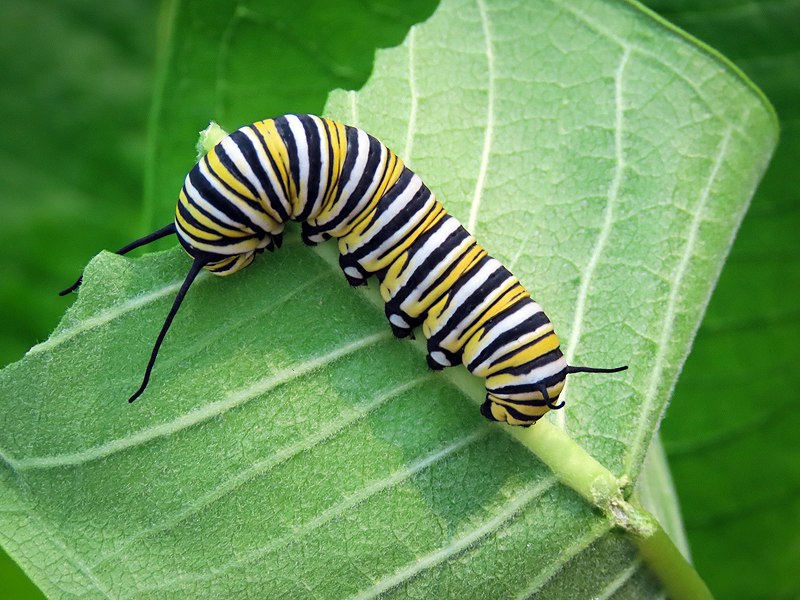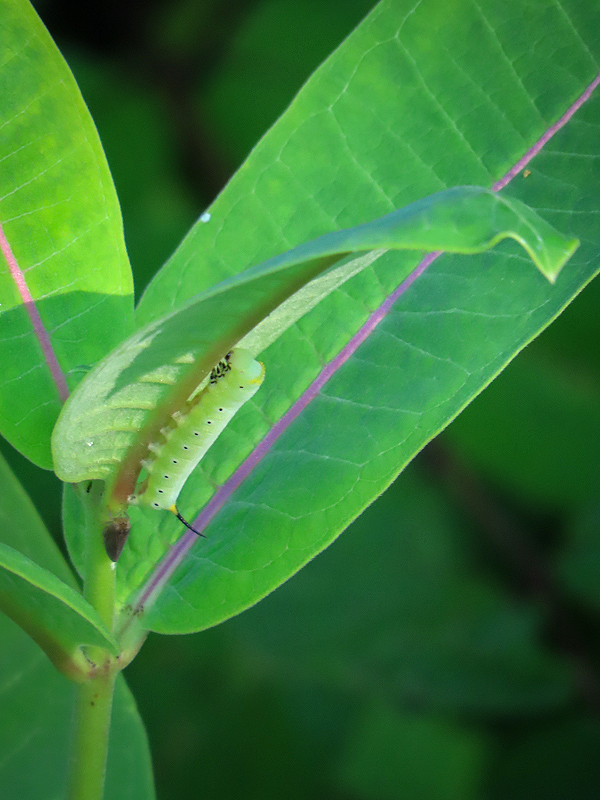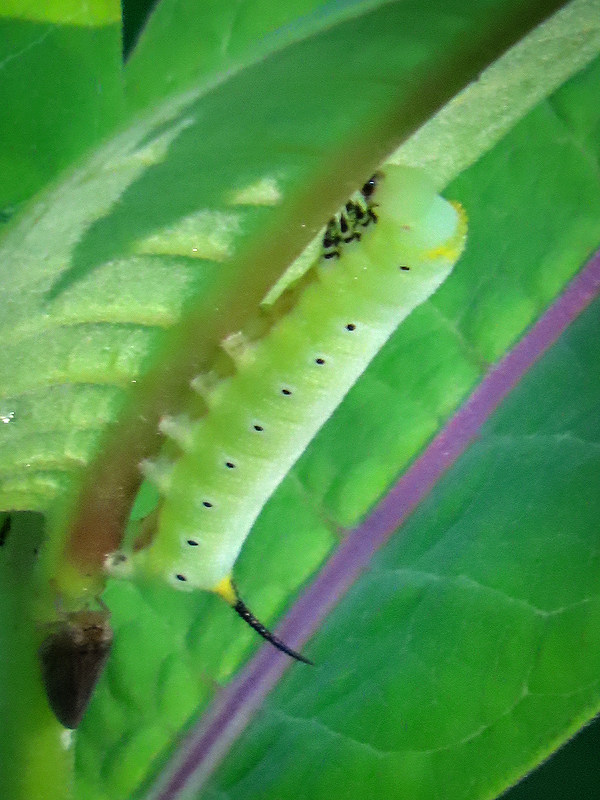Along the Air Line... 2024 - Summer, Part 9 The Air Line Trail in Eastern Connecticut - Stan Malcolm Photos |
HOME: Air Line... 2024 Pages Menu Stan's FlickR Albums |
.
Painted Turtle (Chrysemys picta). |
.
|
.
|
|
Spotted Joe-Pye-weed (Eupatorium maculatum) and a Bumble Bee (Family Bombidae). |
A male Eastern Tiger Swallowtail (Papilio glaucus). Males of many butterflies feed on turds, imbibing protein and minerals that they pass on to females who incorporate them into their eggs. |
|
|
|
|
|
I think this is Thin-leaved Sunflower (Helianthus decapetalus). |
|
Flower Fly (Family Syrphidae; probably Toxomerus sp.). |
August 1st. The pond east of River Road on a hot, humid afternoon. Purple Loosestrife (Lythrum salicaria). |
|
|
A male Blue Dasher dragonfly (Pachydiplax longipennis). |
A male Common Pondhawk dragonfly (Erythemis simplicicollis). |
There were several of them around the pond margins. |
|
|
Second growth (after mowing) Butter-and-eggs (Linaria vulgaris) only a few inches high. |
Next stop, the path from River Road to The Blackledge River Bridge on the trail. Lots of insects on Goldenrod (Solidago sp.), including Common Aerial Yellowjackets (Dolichovespula arenaria). |
|
|
A Digger Wasp (Family Crabronidae), specifically the Jewel Beetle Wasp (Cerceris fumipennis) which provisions its burrows with Buprestid beetles including the invasive Emerald Ash Borer. |
A Noble Scoliid Wasp (Scolia nobilitata). A first for me! Thanks to BugGuide.net for the ID. |
I read that the larvae are parasitoids of scarab beetle larvae in soil. |
Honey Bee (Apis mellifera). |
Thick-headed Fly (Family Conopidae, Physocephala furcillata). |
Ambush Bug (Phymata pennsylvanica). |
Green Lacewing (Family Chrysopidae) larva camouflaged with debris - including parts of prey skins. |
A few Deptford Pinks (Dianthus armeria) still blooming. |
August 2nd. A one Great Blue Heron (Ardea herodius) morning... |
...but a two bunny morning. |
Eastern Cottontails (Sylvilagus floridanus). |
An early instar Banded Tussock Moth caterpillar (Halysidota tessellaris). It dropped on a silk thread and landed on my finger. |
August 3rd. Tempted to call this an Amanita, but I don't see remains of the veil on the stalk. |
Second growth (after mowing) of Common Evening-primrose (Oenothera biennis). |
I've been waiting for this Evening Primrose moth (Schinia florida). The adult moths hang out deep in the flowers by day. Eggs deposited on unopened flowers give birth to caterpillars which consume the buds. |
August 4th. A morning stop at the pond east of River Road. Fragrant Water-lily (Nymphaea odorata). |
Woodland Sunflowers (Helianthus divaricatus). |
Monarch (Danaus plexippus) nectaring on Common Milkweed (Asclepias syriaca). |
|
Monarch caterpillar about 3/4ths grown on milkweed nearby. |
Hickory Tussock Moth (Lophocampa caryae) caterpillar. |
The hairs can cause an itchy rash on sensitive skin (which my thumb is not). |
|
August 5th at the little pond east of River Road. Great Blue Heron (Ardea herodius), Eastern Kingbird (Tyrannus tyrannus), and several young Wood Ducks (Aix sponsa). |
Monarch (Danaus plexippus) caterpillar. Note that the caterpillar has bitten through the leaf's midrib below the area where it's feeding. This shuts off the turgor pressure that would pump white latex into the tip where the the caterpillar is feeding. The caterpillar can tolerate some latex but too much is not a good thing. |
Also on milkweed, the caterpillar of a Snowberry Clearwing (Hemaris diffinis), a sphinx moth. |
Normally it would be found on Dogbane which is only distantly related to Milkweed. |
